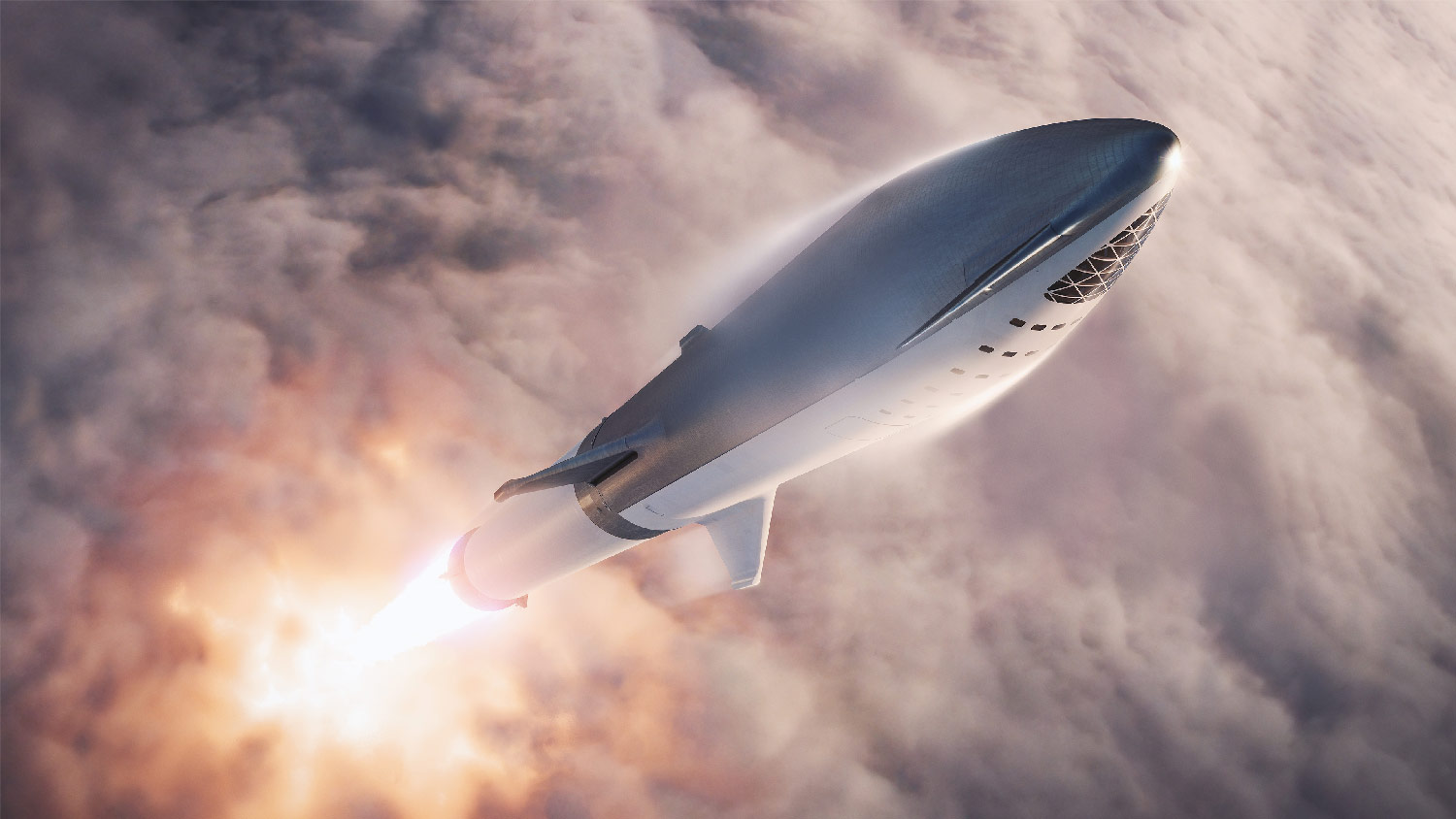Today we should get a first look at SpaceX’s Starship project, which the company describes as “a fully, rapidly reusable transportation system designed to carry both crew and cargo to Earth orbit, the Moon, Mars, and anywhere else in the solar system.” This next-generation rocket will produce huge amounts of thrust to lift even heavy payloads into orbit and should be able to safely carry humans in the future.
We’re expecting an announcement on the design and development of the rocket from CEO Elon Musk tonight, broadcast from SpaceX’s launch facility in Cameron County, Texas. You can watch a livestream of the event using the video above, beginning at 5 p.m. PST (8 p.m.EST).
The new rocket design consists of two parts: There’s the Super Heavy first stage, which provides plenty of fuel to lift the rocket up into the air and out of the atmosphere before falling away to leave the Starship itself, the second stage passenger vehicle which will travel through space. Both of these parts should be reusable, making the craft more efficient than previous rockets.
Bold as ever, Musk made some ambitious statements about the potential for the Starship to change space exploration and even human existence itself. “Starship will allow us to inhabit other worlds,” he tweeted. “To make life as we know it multiplanetary.”

Musk has tweeted out some teases about the upcoming Starship design before, such as an image of three Raptor engines which will burn methane and oxygen to power the rocket, and an image of the two halves of the Starship being joined together. The Raptor engines have now been tweaked so they can generate up to 200 tons of force, up from the 170 tons of force they could previously achieve. The aim is for up to 31 of these engines to power the Super Heavy rocket.
There’s also the Starhopper prototype which has been used to test the Starship configuration since it had its first engine installed in March this year. The prototype has run a series of “hop” tests where the rocket is tethered to the ground and its engines are fired at a low percentage of their maximum with the aim of getting the craft to hover a few feet off the ground.
We’ll have to wait and see what surprises await in the announcement tonight.



